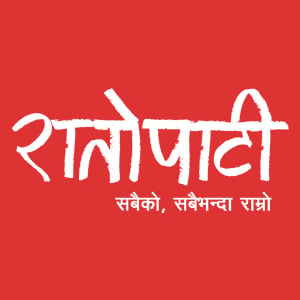Nepal's Presidential Elections: A Brief History

KATHMANDU, March 9: Nepal, after adopting the democratic republican system through the 2062/63 movements, held its first presidential election on 19 July, 2008. Ram Baran Yadav from the Nepali Congress was elected as the first president of the country. The election was held through the then Constituent Assembly (CA), with 578 out of 594 eligible voters casting their vote. Yadav won with 283 votes against his closest rival, Ram Raja Prasad Singh from the then UCPN (Maoist), who garnered 270 votes. A reelection took place on 21 July, 2008, and Yadav won with a majority of 308 votes.
Bidya Devi Bhandari is currently serving as the second and current president of Nepal, with her second term beginning on 13 March, 2018. She was first elected on 28 October, 2015, and secured 327 votes against her nearest rival Kul Bahadur Gurung from the Nepali Congress. Bhandari was reelected as president on 13 March, 2018, with a majority of 39,275 votes out of a total of 52,501 weighted votes. Her nearest rival, Kumari Laxmi Rai from the Nepali Congress, received 11,730 votes.
Under the new constitution passed in 2072 BS, the 334-member Federal Parliament (the House of Representatives and the National Assembly) and the 550-member Province Assembly are eligible voters for the presidential election. The Electoral College comprising the members of the Federal Parliament and Province Assemblies vote in the poll. The president is elected through a political consensus, and in case of a lack of consensus, an election takes place, with the candidate who gets the majority votes being elected. The left alliance – the UML and the CPN (Maoist Centre) – supported Bhandari during her second term.


Leave Comment